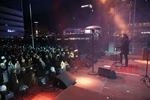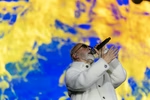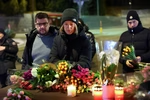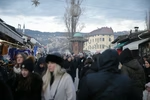Tens of thousands flock to Blagaj for Dervish Mawlid
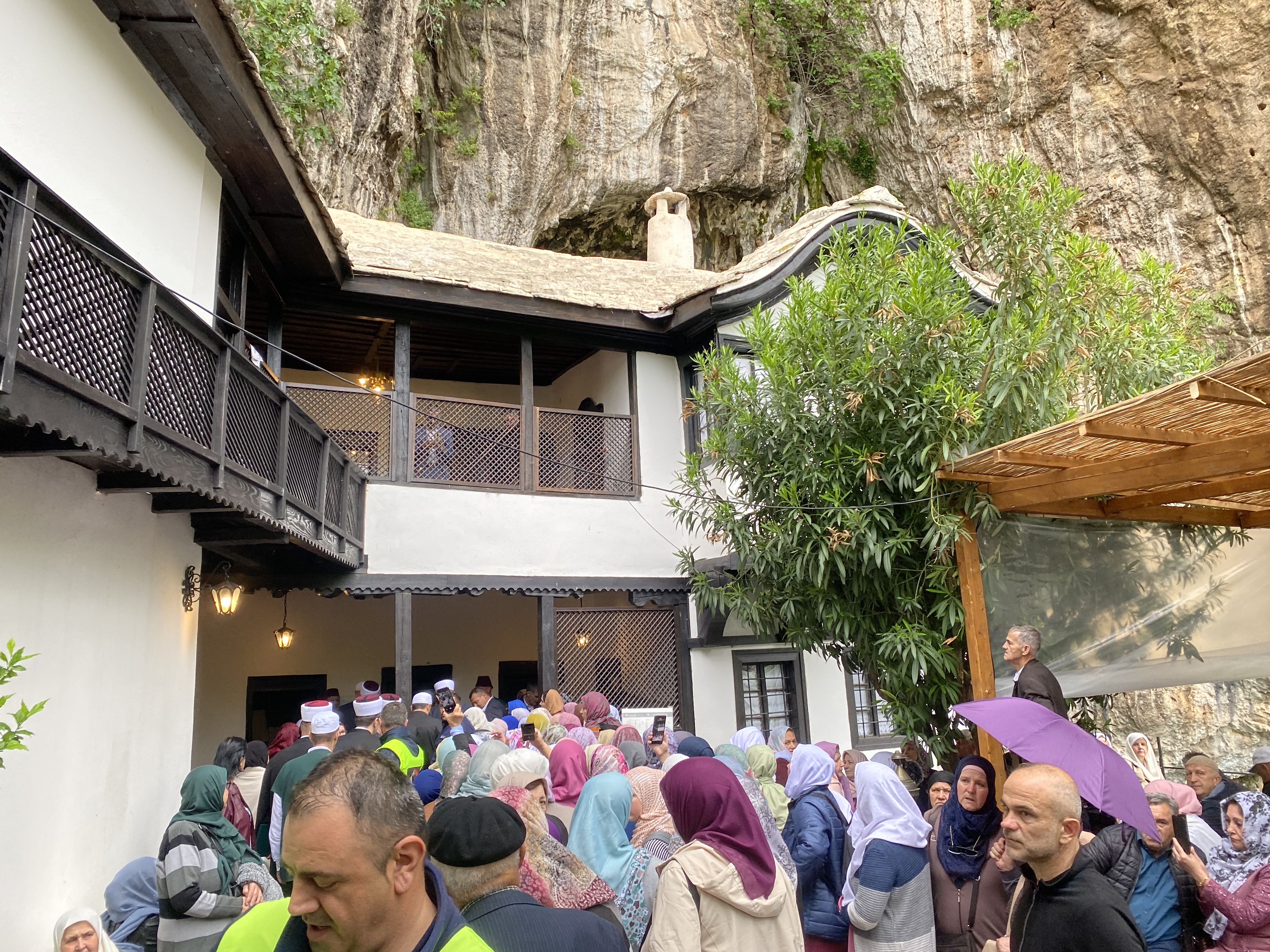
Thousands of Muslims gathered on Saturday at a dervish Tekke near Mostar to take part in a ritual called Zikr - the glorifying of God by repeating standardized phrases, usually chanted out loud.
Oglas
Braving drizzling rain, believers from all over the country and some from abroad were pouring all morning to the town of Blagaj and its picturesque nearly 500-year-old monastery, placed at the base of a cliff, next to the source of the river Buna.
It is the oldest cultural and religious event that brings together tens of thousands of Muslims from Bosnia and the region.
"It is based on the gathering of believers in prayers, through which they seek closeness to the Almighty Creator, reflecting on their roots, but also on the presence, with an effort to find models to improve the future,” said Ilham ef. Puce, the head of the Religious Affairs and Education Services of the Mostar Mufti Office.
“The event is of great importance to all Bosniak believers. Through it, we affirm and promote scholars who have left an indelible mark in our tradition and history. We speak about ourselves, our religious, national, and cultural identity... The event is of great significance not only for Mostar but also for Bosnia and Herzegovina and the region," he said.




N1 | N1
Više
N1 | N1
Više
N1 | N1
Više
N1 | N1
Više
N1 | N1
Više
N1 | N1
Više
N1 | N1
Više
N1 | N1
Više
N1 | N1
Više
N1 | N1
Više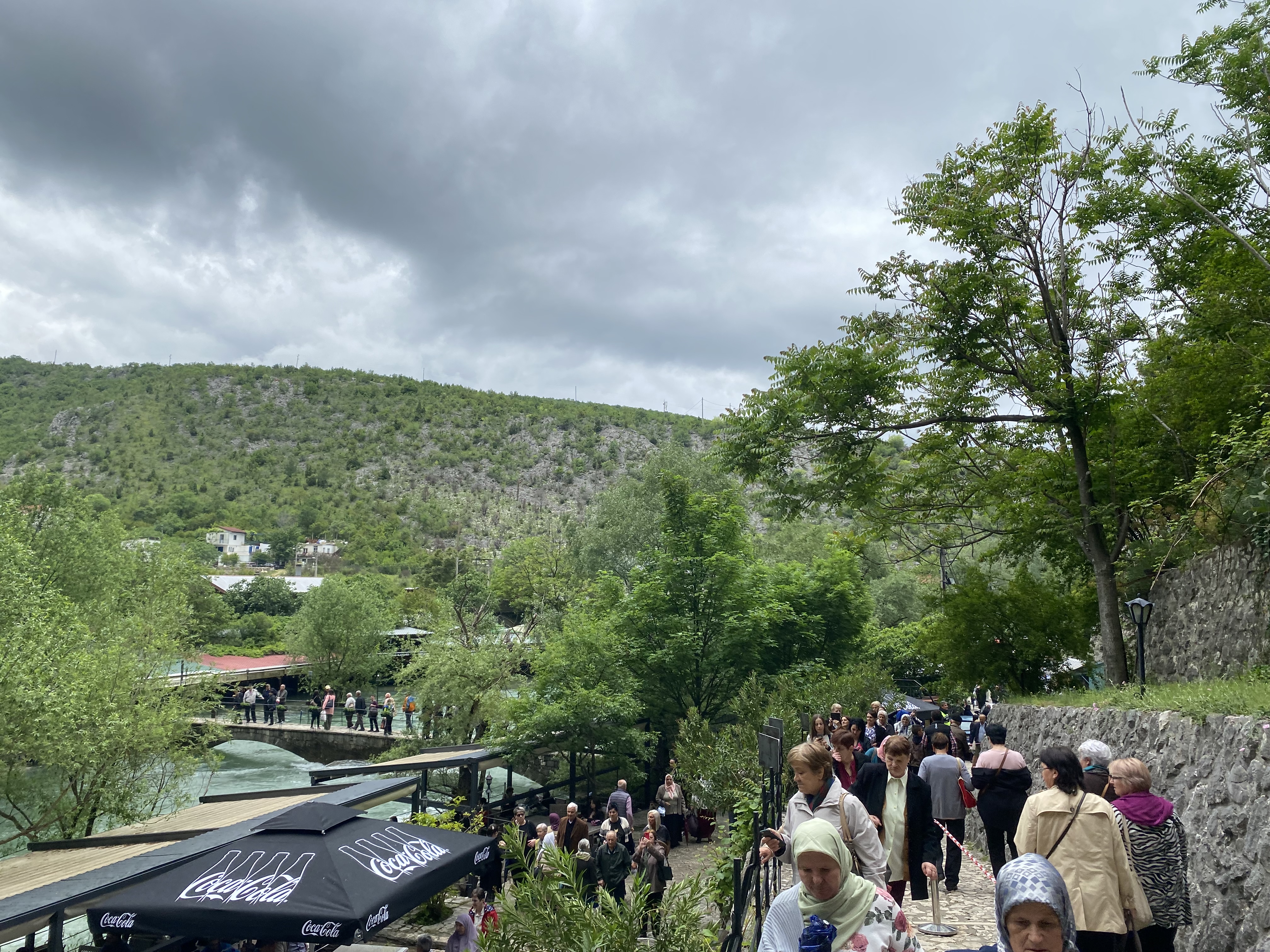
N1 | N1
Više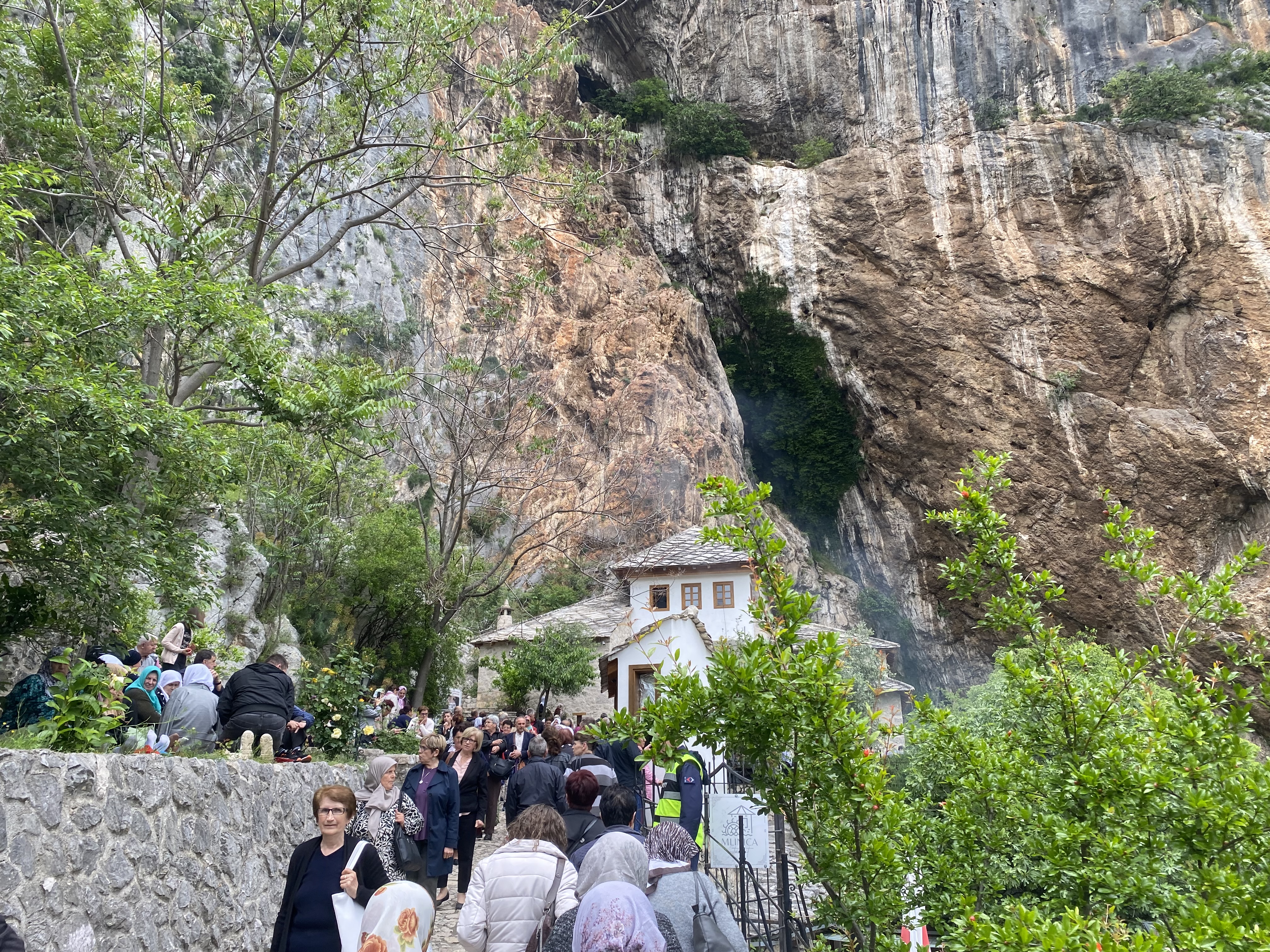
N1 | N1
Više
N1 | N1
Više
N1 | N1
Više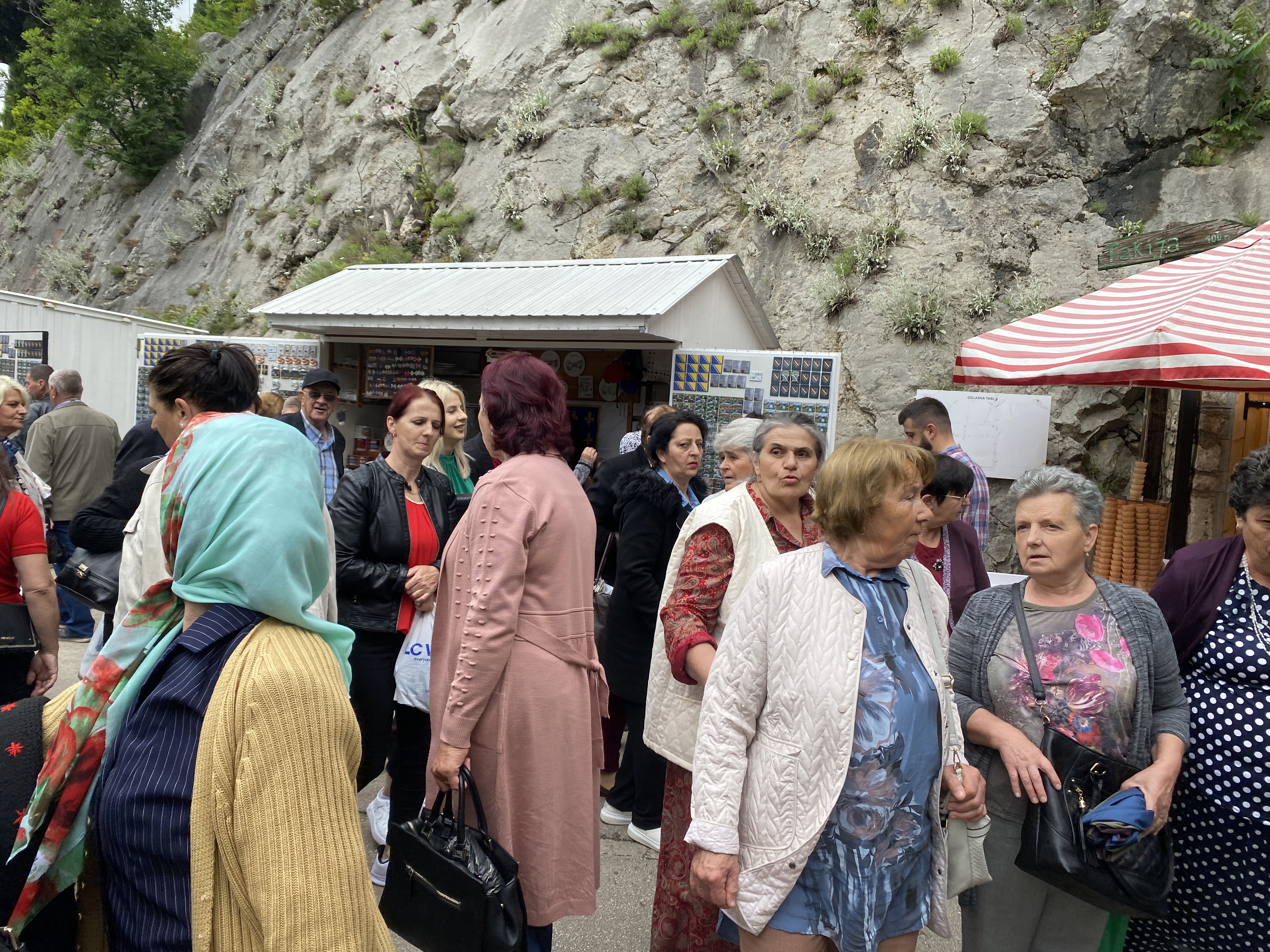
N1 | N1
Više
N1 | N1
Više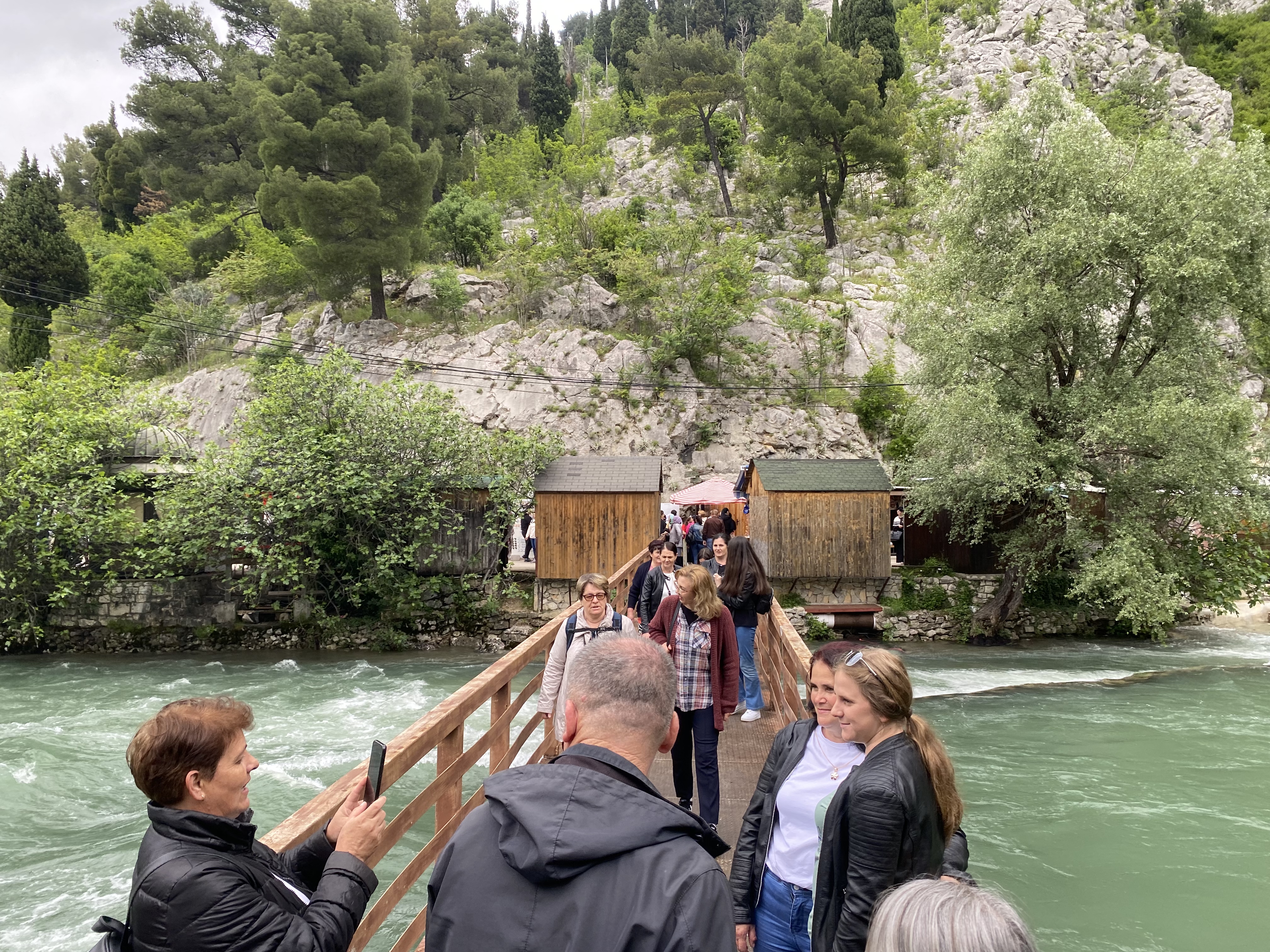
N1 | N1
Više
According to Ottoman explorer Evliya Celebi's accounts, the Tekke at the Buna River in Blagaj, about ten kilometres from Mostar, was built in 1697. The current building dates back to 1851 when Omer-pasha Latas ordered its renovation. The tradition of gathering for collective prayers is older than the arrival of the Ottomans in these areas.
The tradition of the annual gathering and the annual prayer assembly in Blagaj continued until 1925 when the last sheikh passed away.
The Tekke is a tourist attraction, but the tradition of Mevlud, known as Dervish Mevlud, was revived in 1975 by Sheikh Fejzulah ef. Hadzibajric on behalf of the Tarikat Center and Sheikh Seid ef. Smajkic, the Mufti of Mostar, on behalf of the institutions of the Islamic Community in Bosnia and Herzegovina.
Kakvo je tvoje mišljenje o ovome?
Učestvuj u diskusiji ili pročitaj komentare
Oglas
Kakvo je tvoje mišljenje o ovome?
Učestvuj u diskusiji ili pročitaj komentare
Oglas





 Srbija
Srbija
 Hrvatska
Hrvatska
 Slovenija
Slovenija












